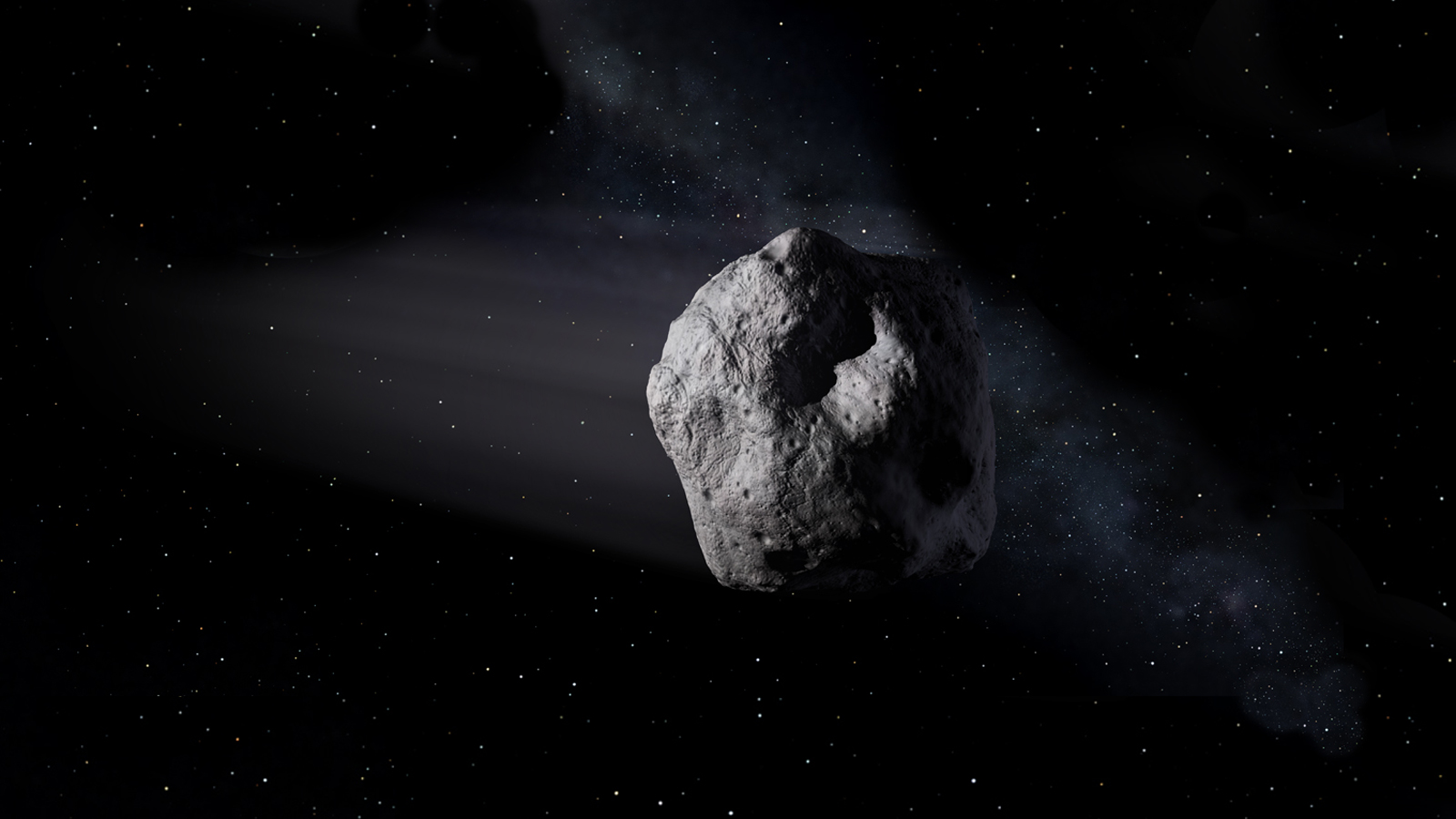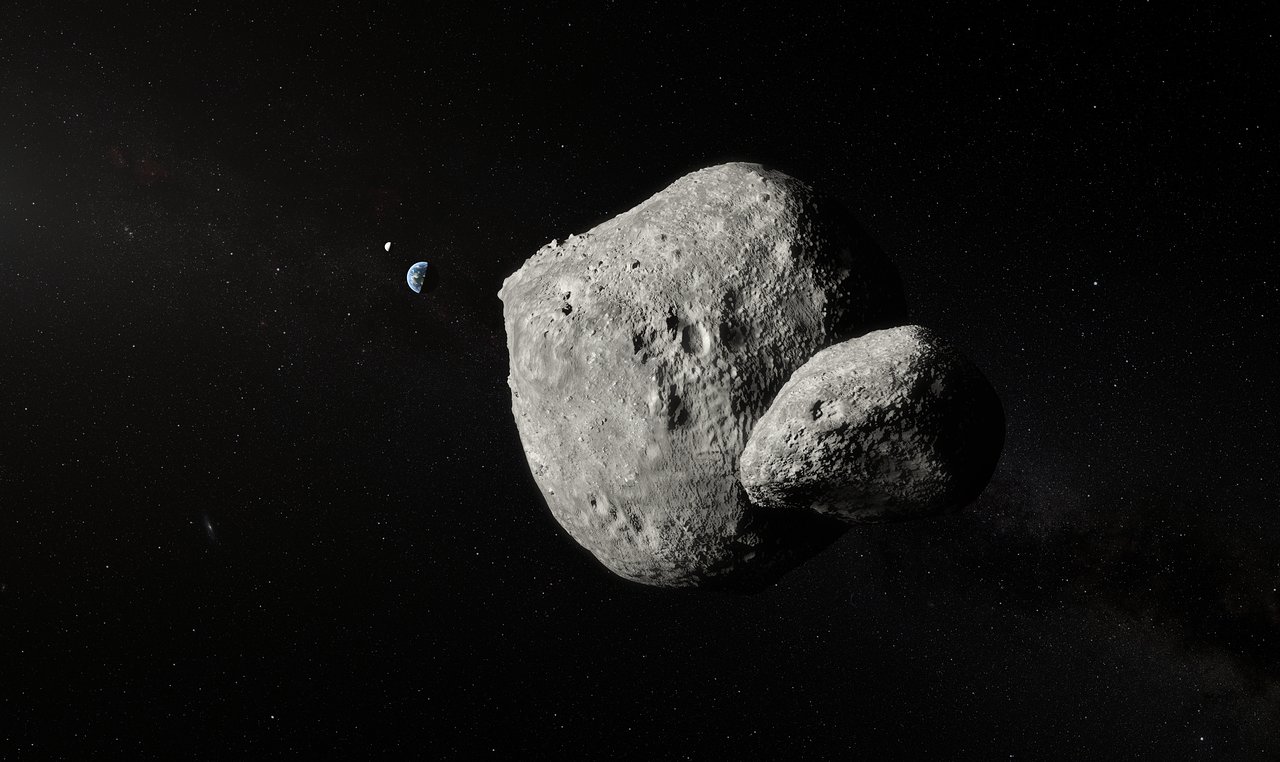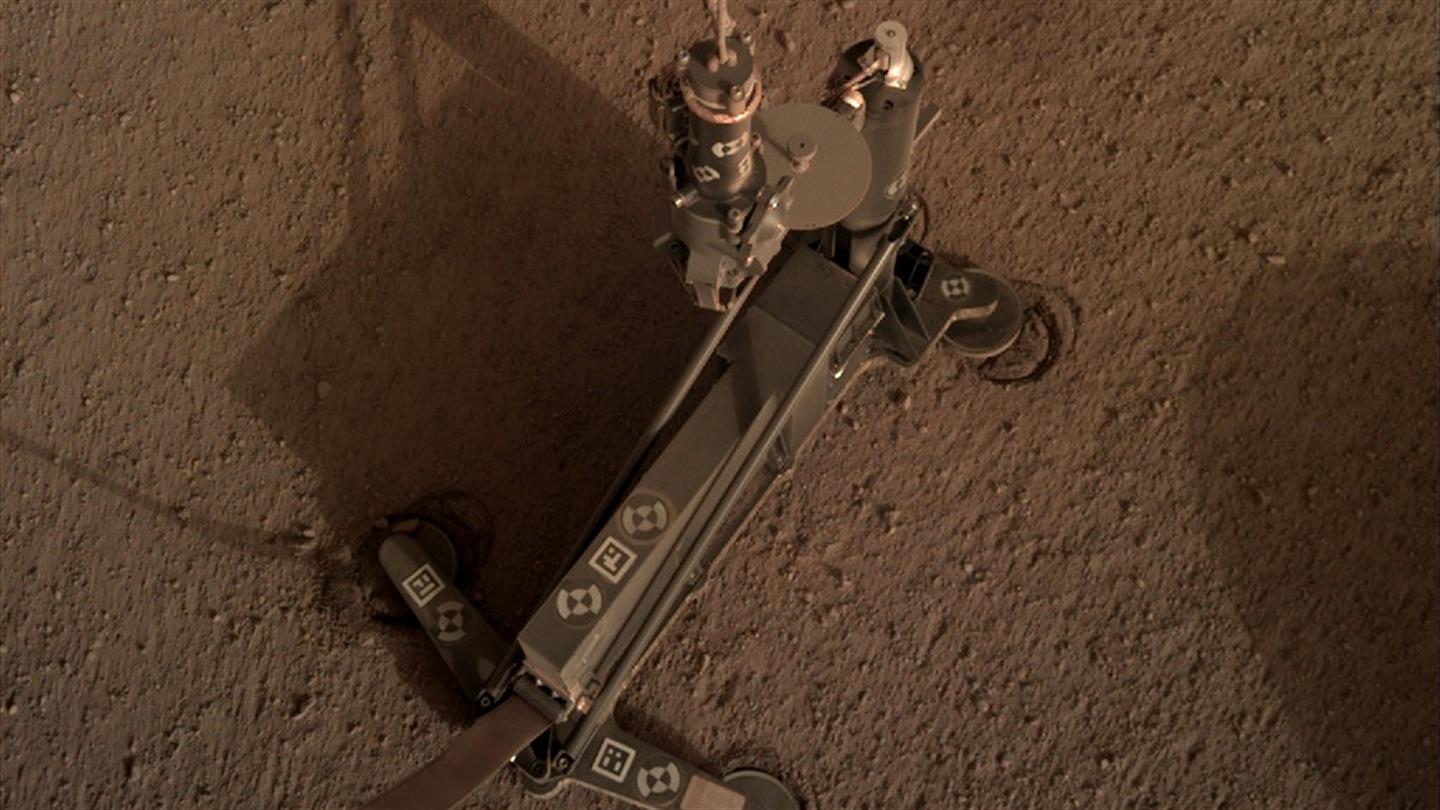This week’s Carnival of Space is hosted by Allen Versfeld at his Urban Astronomer blog.
Click here to read Carnival of Space #615.
Continue reading “Carnival of Space #615”

Space and astronomy news
This week’s Carnival of Space is hosted by Allen Versfeld at his Urban Astronomer blog.
Click here to read Carnival of Space #615.
Continue reading “Carnival of Space #615”

Black holes are one of the most awesome and mysterious forces in the Universe. Originally predicted by Einstein’s Theory of General Relativity, these points in spacetime are formed when massive stars undergo gravitational collapse at the end of their lives. Despite decades of study and observation, there is still much we don’t know about this phenomenon.
For example, scientists are still largely in the dark about how the matter that falls into orbit around a black hole and is gradually fed onto it (accretion disks) behave. Thanks to a recent study, where an international team of researchers conducted the most detailed simulations of a black hole to date, a number of theoretical predictions regarding accretion disks have finally been validated.
Continue reading “Black Hole Simulation Solves a Mystery About Their Accretion Disks”NASA’s next mission to the surface of Mars is called the 2020 rover (in case you didn’t know already.) It’s planned launch date is July 17th, 2020, and it should land at Jezero Crater on Mars on February 18th 2021. The rover is still under construction at the Jet Propulsion Lab in Pasadena, California.
Continue reading “You Can Use a Live Webcam to Watch NASA Build the Mars 2020 Rover”The Japanese Aerospace Exploration Agency‘s (JAXA) has made some impressive feats in recent years. Roughly one year ago, and following in the footsteps of its predecessor, their Hayabusa2 spacecraft successfully rendezvoused with a Near-Earth Asteroid (NEA) – 162173 Ryugu. Since then, it has been collecting samples from the surface in the hopes of learning more about the formation and evolution of the Solar System.
Just a few months after the spacecraft created an artificial crater with an anti-tank warhead, the spacecraft has once again descended close to the asteroid to drop another target marker. This maker, a reflective sphere that contains the names of people who’ve supported the mission, will provide a visual guide as the spacecraft attempts to collect its second sample of material from the asteroid’s surface.
Continue reading “The Japanese asteroid-hunter had another photo opportunity when it dropped a target marker on asteroid Ryugu”
Whenever scientists announce an upcoming close encounter with an asteroid, certain corners of the internet light up like the synaptic rush that accompanies a meth binge, with panicky headlines shouted straight from the brain stem. But never mind that. We’re not that corner of the internet. We’re sober, yo!
Continue reading “Don’t Worry About Asteroid 2006QV89. There’s Only a 1 in 7000 Chance It’ll Hit the Earth in September”The ESA is developing its own spacecraft capable of re-entry into Earth’s atmosphere. The reusable spacecraft is called the Space RIDER (Reusable Integrated Demonstrator for Europe Return), and the ESA says that the Space Rider will be ready for launch by 2022. It’s being designed to launch on the Vega-C rocket from Europe’s spaceport in Kourou, French Guiana.
Continue reading “Europe is Working On a Reusable Space Transport System: Space Rider”
There’s a lot going on at the center of our galaxy. A supermassive black hole named Sagittarius A-Star resides there, drawing material in with its inexorable gravitational attraction. In that mind-bending neighbourhood, where the laws of physics are stretched beyond comprehension, astronomers have detected a ring of cool gas.
Continue reading “There’s a Ring of Cool Gas Wrapped Around the Milky Way’s Supermassive Black Hole”
On May 25th, 2019, a strange, double-asteroid (1999 KW4) flew past Earth at a distance and speed that is likely to make a lot of people nervous. As always, there was no danger, since the asteroid passed Earth at a minimum distance of 5.2 million km (3.23 million mi), over 15 times greater than the distance between Earth of the Moon, and its orbit is well-understood by scientists.
Because of this, flyby was the perfect opportunity for the International Asteroid Warning Network (IAWN) to conduct a cross-organizational observing campaign of the asteroid 1999 KW4 as it flew by Earth. The European Southern Observatory (ESO) took part in this campaign and managed to capture some images of the object using the Very Large Telescope (VLT).
Continue reading “A double asteroid came uncomfortably close this weekend. Here’s what astronomers saw”
NASA’s Mars InSight Lander was always a bit of a tricky endeavour. The stationary lander has one chance to get things right, since it can’t move. While initially the mission went well, and the landing site looked good, the Mole is having trouble penetrating deep enough to fulfill its mission.
Continue reading “Engineers are Still Troubleshooting Why Mars InSight’s Mole is Stuck and Won’t Go Any Deeper”
For the first time ever, astronomers have witnessed a coronal mass ejection (CME) on a star other than our very own Sun. The star, named HR 9024 (and also known as OU Andromeda,) is about 455 light years away, in the constellation Andromeda. It’s an active, variable star with a strong magnetic field, which astronomers say may cause CMEs.
“This result, never achieved before, confirms that our understanding of the main phenomena that occur in flares is solid.”
Costanza Argiroffi, Lead Author, University of Palermo, and Associate Researcher at the National Institute for Astrophysics in Italy.